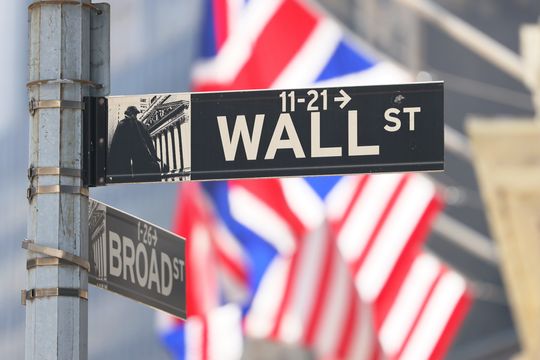U.S. stock index futures fell back on Thursday as the positive impact on bond markets from the Bank of England’s intervention began to fade and yields again moved higher.
How are stock-index futures trading
- S&P 500 futures ES00, -0.94% dipped 38 points, or 1%, to 3694
- Dow Jones Industrial Average futures YM00, -0.73% fell 251 points, or 0.8%, to 29497
- Nasdaq 100 futures NQ00, -1.26% eased 150 points, or 1.3%, to 11406
On Wednesday, the Dow Jones Industrial Average DJIA, +1.88% rose 549 points, or 1.88%, to 29684, the S&P 500 SPX, +1.97% increased 72 points, or 1.97%, to 3719, and the Nasdaq Composite COMP, +2.05% gained 222 points, or 2.05%, to 11052. The Nasdaq Composite remained down 31.2% from its record closing high on November 19 2021.
What’s driving markets
Equity markets had rallied Wednesday after the Bank of England’s intervention to calm U.K. bonds reduced broader fixed income market stresses and revived hopes that central banks will still intervene to support markets if severe dislocations occur.
“Despite the BoE’s insistence that these are targeted, temporary purchases designed to ease market dysfunction, global pricing reacted as if they were launching a new QE program to ease financial conditions. Global equities increased… and global bond yields fell across the curve,” said Jim Reid, macro strategist at Deutsche Bank.
“It might not be the last time a central bank buys government bonds… given how much debt there is and how much there’s likely to be going forward,” he added.
Still, the underlying trend remains higher borrowing costs, as most of the world’s big central banks battle to combat inflation and this was continuing to weigh on sentiment in early Thursday trading.
Indeed, there were signs that the positive impact of the BoE’s action was already starting to fade. The benchmark 10-year Treasury yield TMUBMUSD10Y, 3.824% was up 10.6 basis points to 3.842% and the equivalent duration U.K. gilt rose 17.8 basis points to 4.191%. The Stoxx 600 index of European stocks SXXP, -1.45% fell 1.5%.
The U.S. dollar also resumed its advance as the euro EURUSD, -0.24% and pound GBPUSD, -0.42% fell back, pushing the dollar index DXY, 0.35% up 0.5% to 113.20, just shy of its 20-year high around 114.50 hit midweek.
Higher borrowing costs and a stronger dollar are, on the whole, considered damaging to U.S. corporate earnings.
“The USD still exhibits a strong, negative correlation to global equities because, in a world where monetary and fiscal policy are now at odds with each other, the value of collateral is being tested…the whole reason central banks are hiking rates is to tighten financial conditions, which implicitly means that the Fed is targeting a lower equity market,” said a team of Citi analysts led by Jamie Fahy.
Investor anxiety could be seen in the CBOE Vix index VIX, 4.24%, a measure of expected S&P 500 volatility known as Wall Street’s fear gauge. The Vix, whose long-term average is around 20, was hovering near 31, having stood above 30 for much of this week.
U.S. economic updates set for release on Thursday include the weekly initial jobless claims and second quarter GDP data, both due at 8:30 a.m. Eastern. St. Louis Fed President James Bullard is due to speak at 9:30 a.m. and San Francisco Fed President Mary Daly will make some comments at 4:45 p.m.

